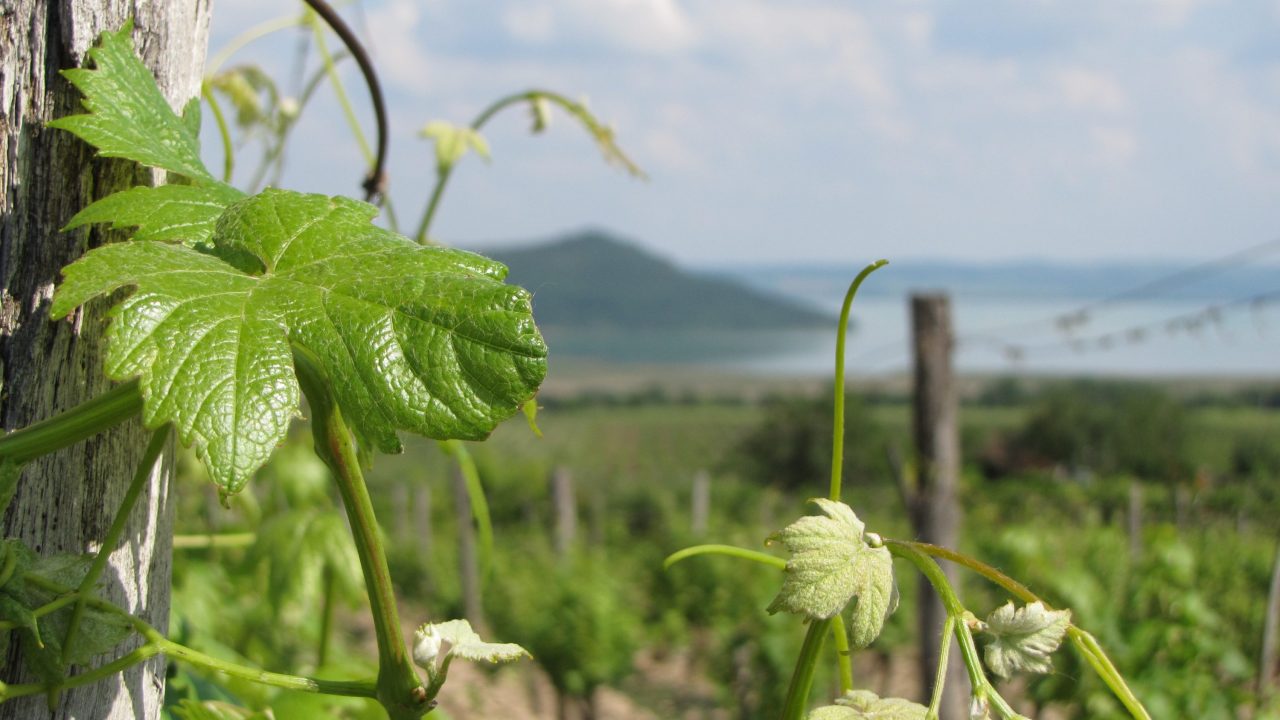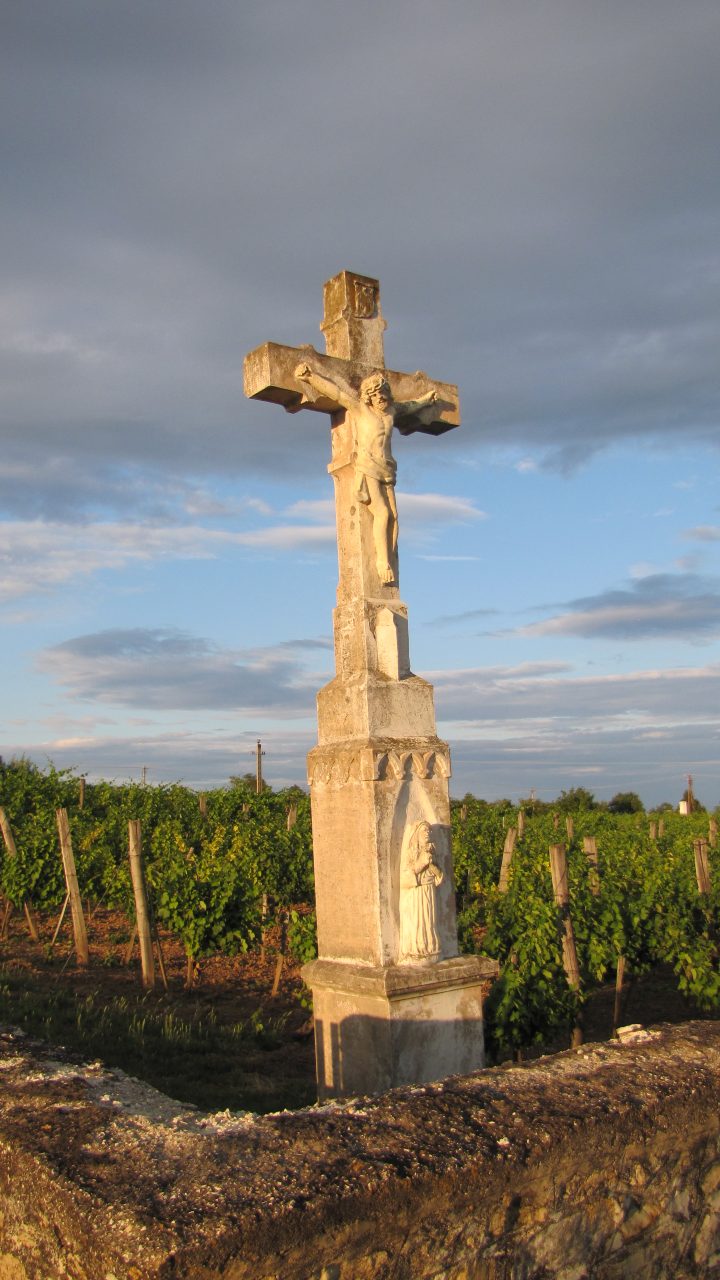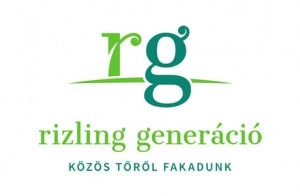Currently, we are farming at 12 hectares in Balatonfüred-Csopak and Balaton highlands wine regions. In recent years, most of our areas have been replanted. The high level of capital per hectare and the proper planting of the plantations all contribute to the proper cultivation technology.
Produced varieties: Italian Riesling, Rhine Riesling, Irsai Olivér, Chardonnay, Szürkebarát, Furmint, Kékfrankos, Cabernet Sauvignon, Zweigelt
Our most important slopes:
Aszófő – Öreghegyi vineyard
The ancient vineyard of Aszófõ, the source of living for the local population, has been secured for centuries by vineyards. The area between Aszófő and Örvényes was a part of the Aszófõ border for centuries. As a result of the border disputes that began in 1824, the western part of the slope was annexed to Örvényes, and the eastern part could be retained by Aszófő.
Its soil: The 234 meters high areas overlooking the Lake Balaton have excellent heat and light management. We find loess soil in the lower parts of the slope, which consists mostly of sediments made of rocklite. The upper part of the fossil remains poor. The padded dolomite layer is covered with loess.


Aszófő – Vörösmáli vineyard
In the 1830s the Old Town Hill of Aszófő was completely settled. At that time, the locals asked permission from the Tihany Abbey to enter the areas between Balatonfüred and Aszófő, which they received. In 1841, they began to work, following strict rules. They could only leave the carriage round, fruit trees could not be planted in the vineyard. When the first plantations were turned into crops, they asked for a permission from the abbot to build the cellars, as the crop had to be cleaned somewhere. In 1848 the construction of the red wine cellar was started.
In 1872 an unprecedented hail was destroyed here. The villagers had a veto cross. Since then, every year after the Pentecost, farmers have been praying in the lithian on Sunday afternoon to cross the village to avoid natural disasters. Following the lithian, we invite our guests to our ancient family cellar.
Its soil:
It also has a highly bonded soil that is constantly testing the tools. The base rock is limestone. A layer of sedimentary has been deposited on the base of the once underwater area. Marble and sandy marl can be found in the ground.





